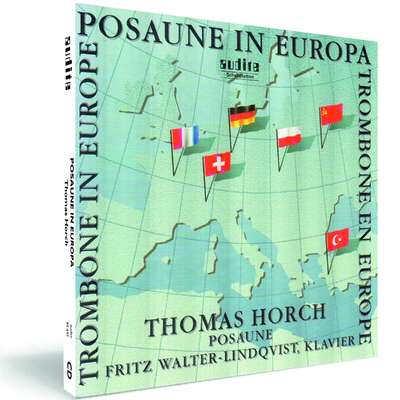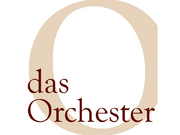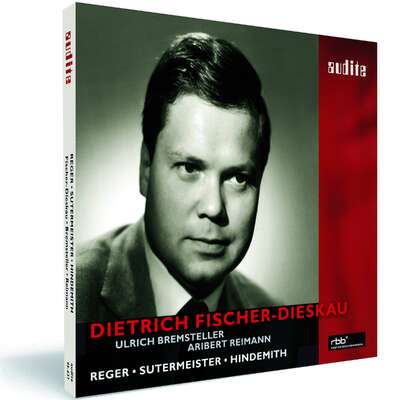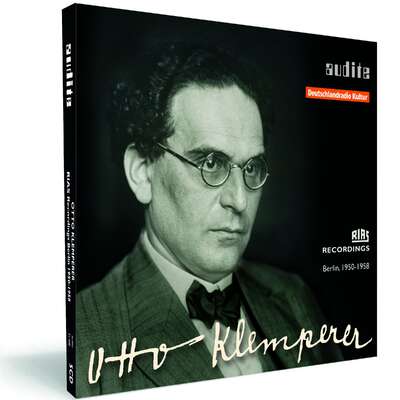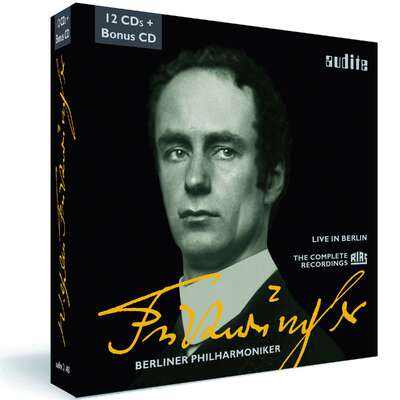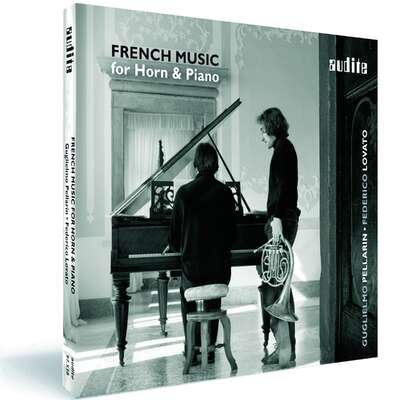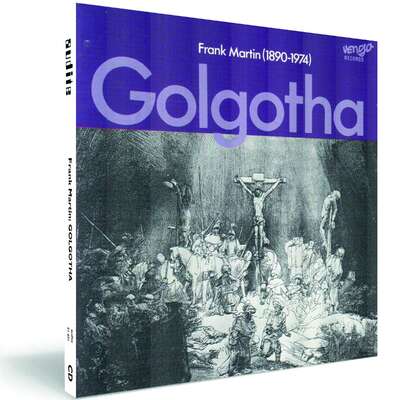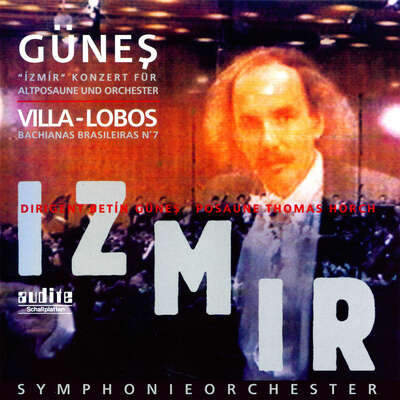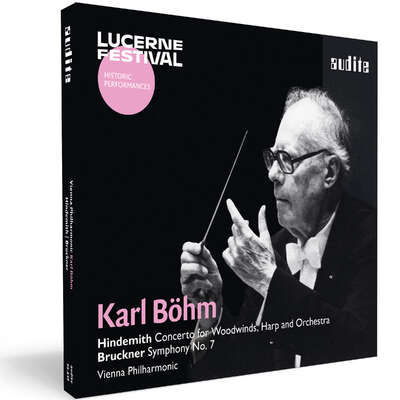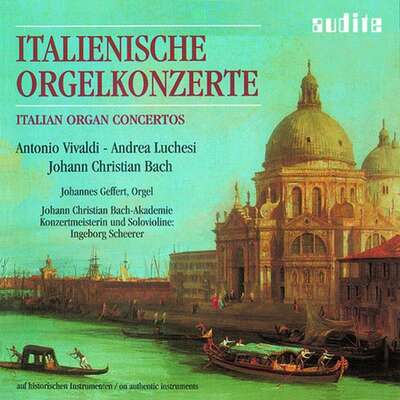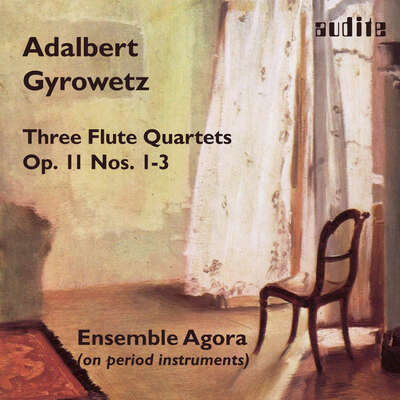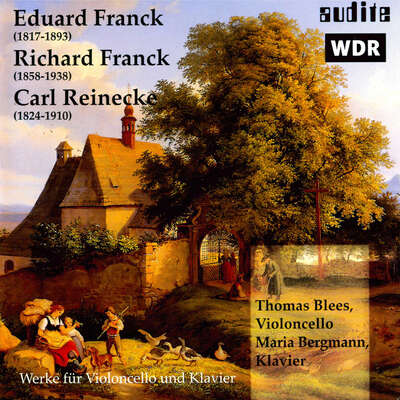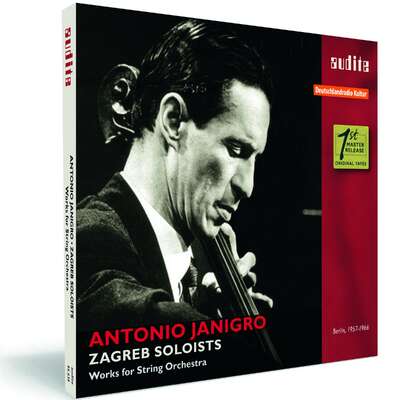
"Diese CD ist ebenso interessant wie kurzweilig, ebenso faszinierend wie unterhaltend, trotz aller Konkurrenz also für Freunde des herrlichen Posaunenklangs höchst empfehlenswert!" (Das Orchester)
Details
| Trombone in Europe | |
| article number: | 95.435 |
|---|---|
| EAN barcode: | 4009410954350 |
| price group: | BCH |
| release date: | 1. January 1994 |
| total time: | 52 min. |
Reviews
American Record Guide | 6/2000 | Barry Kilpatrick | November 1, 2000
This fine recording offers works composed during World War II (Martin and Hindemith), in the early 1950s (Serocki and Defaye), and more recentlyMehr lesen
Hindemith\'s Sonata (1941) is the cornerstone of the trombone recital repertory. Calling for powerful playing by both soloist and pianist, the work can come across as brutal unless opportunities for nuance and warmth are explored. My favorite recordings, by John Kitzman (Sept/Oct 1998: 283) and Ben Haemhouts (March/April 1998), bear little resemblance to each other--except that both show warmth and lyricism. Storch\'s reading is powerful, driven by fast tempos. While he occasionally eases the intensity, he is too relentless for my taste.
The postwar works are light and playful. This may be the best recording of Kasimierz Serocki\'s Sonatine (1953), played with appropriate zest by Horch and spikiness by Walter-Lindqvist. Jean-Michel Defaye\'s Two Dances (1954) has been recorded more often than any other trombone piece. Why? Well, it is a pleasant foray into the pop realm--\'Danse Sacree\' is a soulful ballad, and \'Danse Profane\' is lively--and an opportunity to show off the player\'s high register: Horch plays it well, as has every artist who has recorded it.
Edison Denisov explores extremes of register, microtones, and sympathetic vibration in his spooky Choral Varie (1979). Horch\'s reading is similar to one by Christian Lindberg (Nov/Dec 1991: 193) and more leisurely than one by Benny Sluchin (Jan/Feb 1990: 125). This is the first recording of The Trombonite (1993) by Turkish composer Betin Gunes. Horch delivers the most remarkable display of alto trombone virtuosity I have ever heard; but the modernist, meandering, and rather dreary piece does nothing for me.
Das Schallstück | 2/1996 | Heiko Petersen | July 1, 1996
Der Titel „Posaune in Europa“ sagt nicht sehr viel über den InhaltMehr lesen
Fono Forum | 10/1995 | G.P. | October 1, 1995
Der Solist versteht sein Programm als eine europäische „Wegbeschreibung der solistischen Posaune“. Zugleich wartet die Anthologie mitMehr lesen
Das Orchester | 10/1995 | Diether Steppuhn | October 1, 1995
An Posaunen-CDs herrscht kein Mangel – mit dem Schweden ChristianMehr lesen
Fono Forum | 1/1995 | G.S. | January 1, 1995
Das Thema Europa hat nach den diversen Musikfestivals nun auch die Programmgestalter von CDs inspiriert: Thomas Horch, erster Solo-Posaunist desMehr lesen

